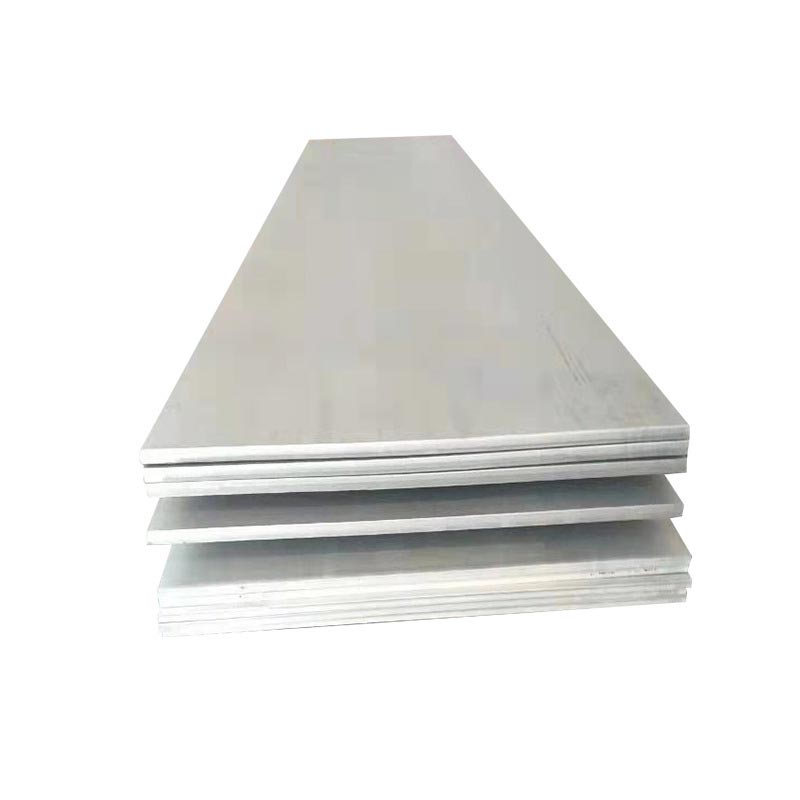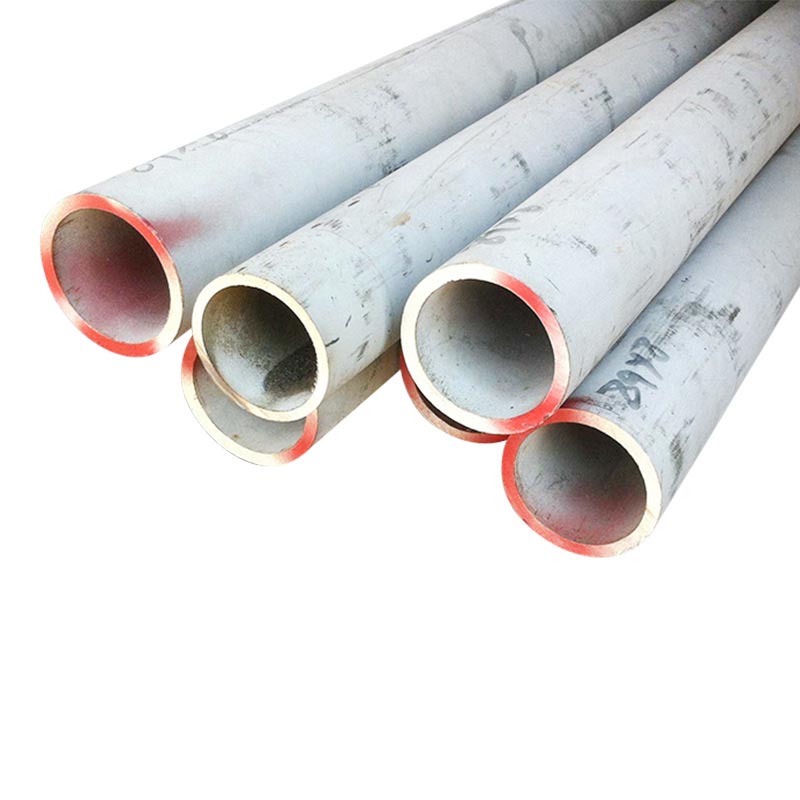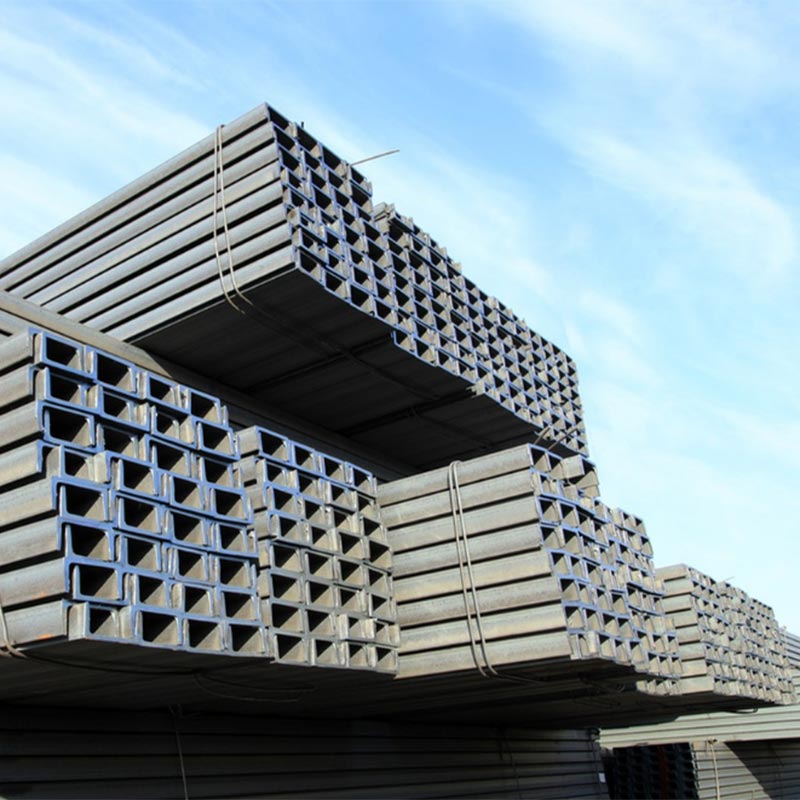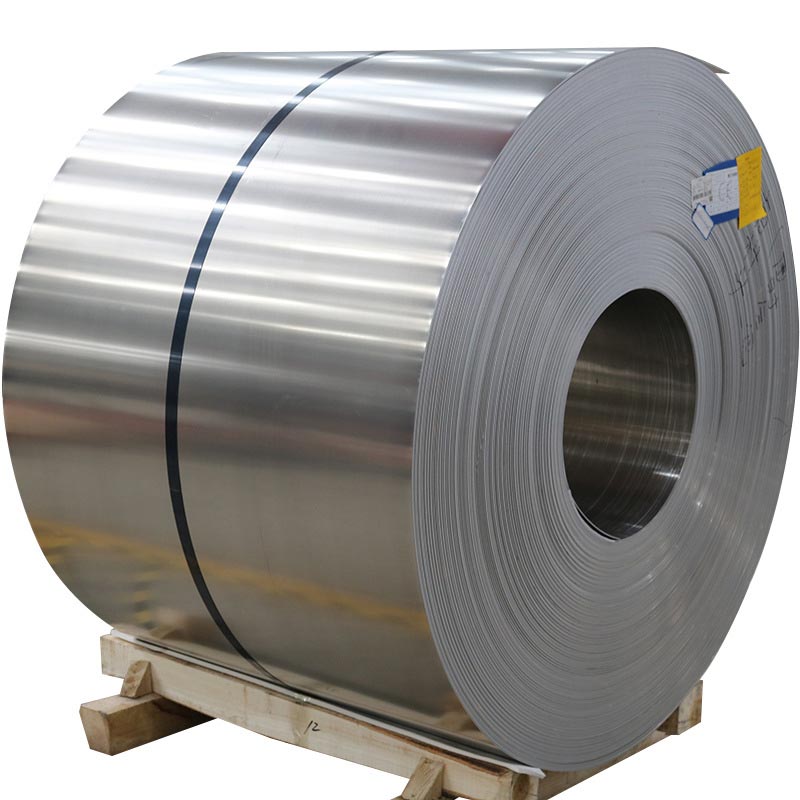Surface Quality Inspection Methods and Precautions for 304 Stainless Steel Sheet
Surface Quality Inspection Methods and Precautions for 304 Stainless Steel Sheet
Surface Quality Inspection of 304 Stainless Steel Sheet:
The surface quality of 304 Stainless Steel Sheet primarily depends on the pickling process after heat treatment. If the surface oxide scale formed during the previous heat treatment process is too thick or the structure is uneven, pickling cannot improve surface smoothness and uniformity. Therefore, great attention must be paid to the heating during heat treatment or surface cleaning before heat treatment.
If the oxide scale on the surface of the stainless steel sheet is uneven in thickness, the smoothness of the base metal surface beneath thick and thin areas will differ. During pickling, the dissolution of the oxide scale and the erosion of the base metal by acid vary at different attachment points, resulting in an uneven sheet surface. Thus, during heat treatment heating, it is essential to ensure the uniform formation of oxide scale. To achieve this, the following issues must be addressed:
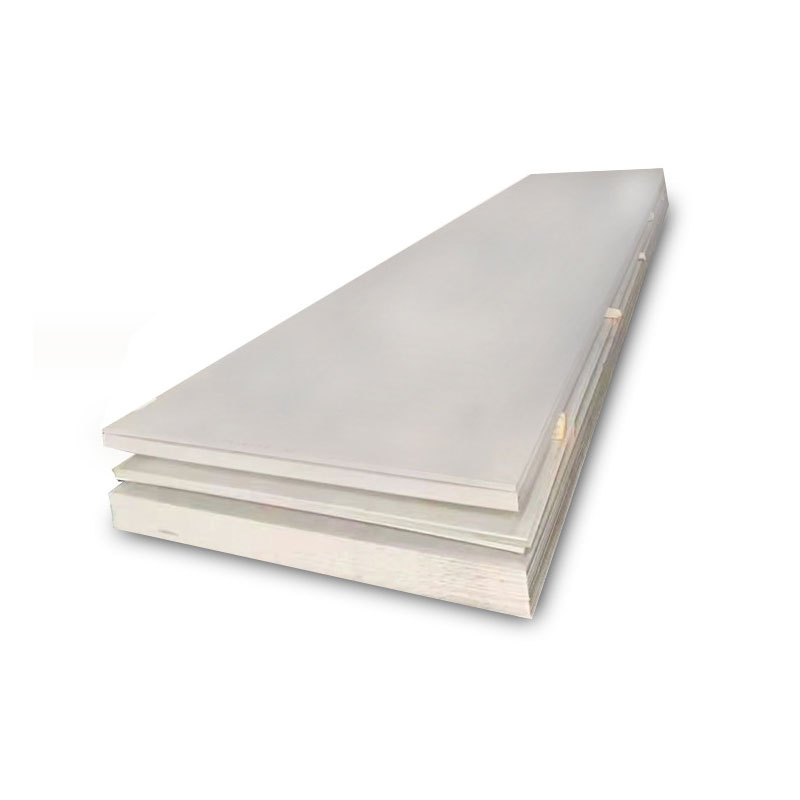
If oil adheres to the workpiece surface during heating, the thickness and composition of the oxide scale at the oil-contaminated areas will differ from other parts, and carburization may occur. The carburized areas of the base metal beneath the oxide scale will be severely eroded by acid. Oil droplets emitted during the initial combustion of heavy oil burners, if attached to the workpiece, can also have a significant impact. Similarly, fingerprints left by operators on the workpiece can cause issues. Therefore, operators should avoid direct contact with stainless steel components with their hands and prevent new oil stains on the workpiece. Clean gloves must be worn during operation.
If lubricants from cold processing remain on the surface of the 304 Stainless Steel Sheet workpiece, thorough degreasing should be performed using trichloroethylene degreasing agents or caustic soda solutions, followed by rinsing with warm water before proceeding with heat treatment.
If foreign matter, especially organic substances or dust, adheres to the workpiece surface, heating will inevitably affect the oxide scale formation.
Differences in the furnace atmosphere can lead to variations in oxide scale formation, which is another cause of unevenness after pickling. Therefore, during heating, the atmosphere must be consistent throughout the furnace. To achieve this, atmosphere circulation should also be considered.
Additionally, if materials such as bricks or asbestos used in the construction of heating workpiece supports contain moisture, evaporation during heating will create differences in the atmosphere between areas directly exposed to steam and other sections, resulting in uneven oxide scale formation. Thus, objects in direct contact with heated workpieces must be thoroughly dried before use. However, if dried materials are left at room temperature in high humidity conditions, moisture may still condense on the workpiece surface. Therefore, it is best to dry them immediately before use. If localized areas of the 304 Stainless Steel Sheet workpiece retain residual oxide scale before heat treatment, differences in oxide scale thickness and composition will appear between areas with and without residual scale after heating, leading to surface unevenness after pickling. Hence, attention must be paid not only to the final heat treatment but also to intermediate heat treatments and pickling processes.
Differences in oxide scale formation will occur between areas of the stainless steel surface directly exposed to gas or oil flames and those not exposed. Therefore, during heating, workpieces should avoid direct contact with flame outlets.
- Why Does Tinplate Steel Win Real-World Packaging Projects Today?
- What is the Manufacturing Process of Stainless Steel Tube?
- Welding Quality Measures for 304 Stainless Steel Seamless Tubes
- How to Choose the Stainless Steel Tube for Your Industrial Needs?
- Bright Annealing Conditions for 304 Stainless Steel Tube
- Do You Know the Methods for Rust Removal from Stainless Steel Tubes?


